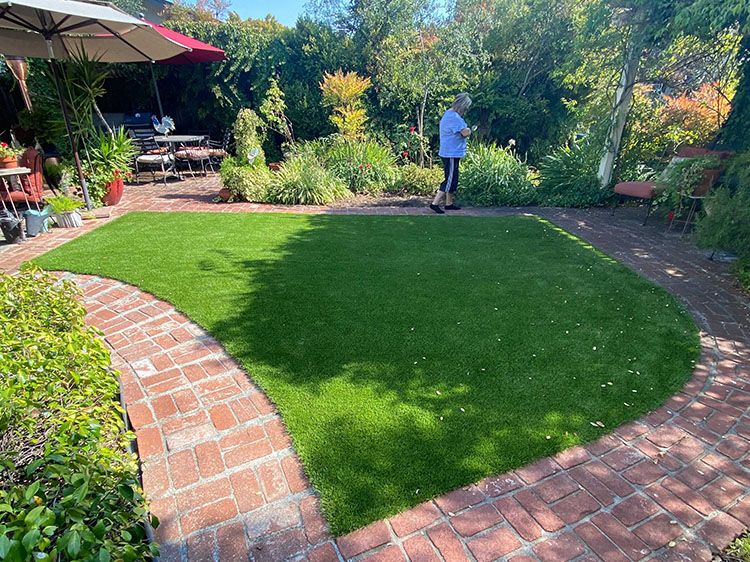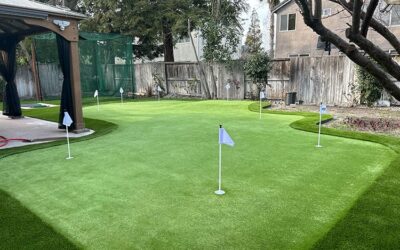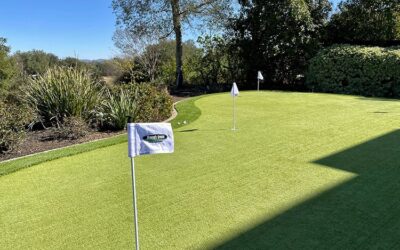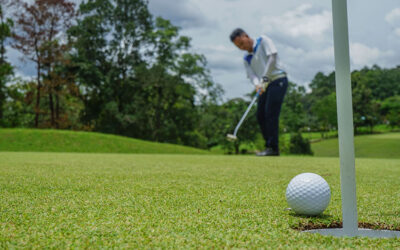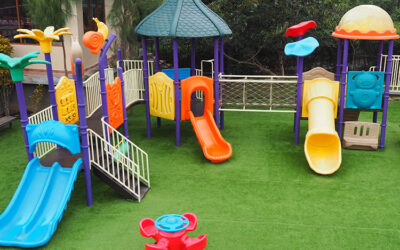Artificial grass has experienced a surge in popularity, particularly in arid regions such as Santa Cruz, CA, where water conservation is a high priority. As homeowners switch from natural grass to synthetic alternatives, a buzz of discussion about its environmental impact has likewise grown. However, much of the chatter is overshadowed by myths and misconceptions. In this article, we’ll set the record straight on how artificial grass impacts the environment and why it can be an eco-friendly choice for our Santa Cruz residents.
The Myth of Non-Biodegradable Waste
One common myth revolving around artificial grass is that it adds to non-biodegradable waste. Yes, it’s true that artificial grass doesn’t decompose like natural grass. But let’s not dismiss the fact too quickly. Most manufacturers nowadays design their synthetic grass to be highly durable, with a lifespan two or three times longer than general plastics. Moreover, when it’s time to replace your artificial lawn, there are plenty of recycling options. Especially in Santa Cruz, where local recycling and waste management facilities aim to repurpose as much artificial grass as possible.
Water Conservation: Undeniable Benefit
It’s no secret that Santa Cruz faces frequent water shortages, making water conservation a household virtue. Here’s where artificial grass truly shines. The California Water Science Center estimates that outdoor landscaping accounts for about 50% of residential water use. Therefore, by replacing natural grass with artificial alternatives in your residential yard, you’re cutting down your household water consumption noticeably.
The Pesticide-Free Advantage
Another environmental benefit of artificial grass is that it doesn’t require harmful pesticides or fertilizers that often run off into the local water supply. Natural grass in residential areas is usually treated with numerous chemicals to maintain its lush, green look. Eliminating these toxic chemicals makes artificial grass an alluring option, especially for Santa Cruz homeowners. They appreciate the ability to maintain an ideal landscape without contributing to chemical pollution.
Air Pollution and Artificial Grass
There is a myth that artificial grass contributes to air pollution. However, opposite to this, having artificial grass in homes may actually help reduce air pollution. Firstly, synthetic lawns don’t require mowing unlike natural grass. This means that no gasoline-powered lawn mower, which is a significant source of air pollution, is required. Secondly, natural grass can release substantial amounts of methane, a potent greenhouse gas. Artificial grass doesn’t emit anything, making it a greener choice in the long run.
Heat Absorption: Context is Key
Finally, let’s debunk the myth about artificial grass and heat absorption. While it is true that artificial grass tends to get hotter than natural grass under direct sunlight, this shouldn’t be a significant concern in Santa Cruz. Our coastal location and frequent breezes help mitigate this effect. Moreover, hotter temperatures can be overcome by spraying your artificial lawn with a little water or using special infill products designed to keep the surface cool.
Hopefully, this article helps clarify the environmental impact of artificial grass and debunk some common myths. With proper use and good installation, artificial grass can be an eco-friendly choice for your residential landscaping needs. If you have more questions or need recommendations for trustworthy local installers, don’t hesitate to send us a message.

